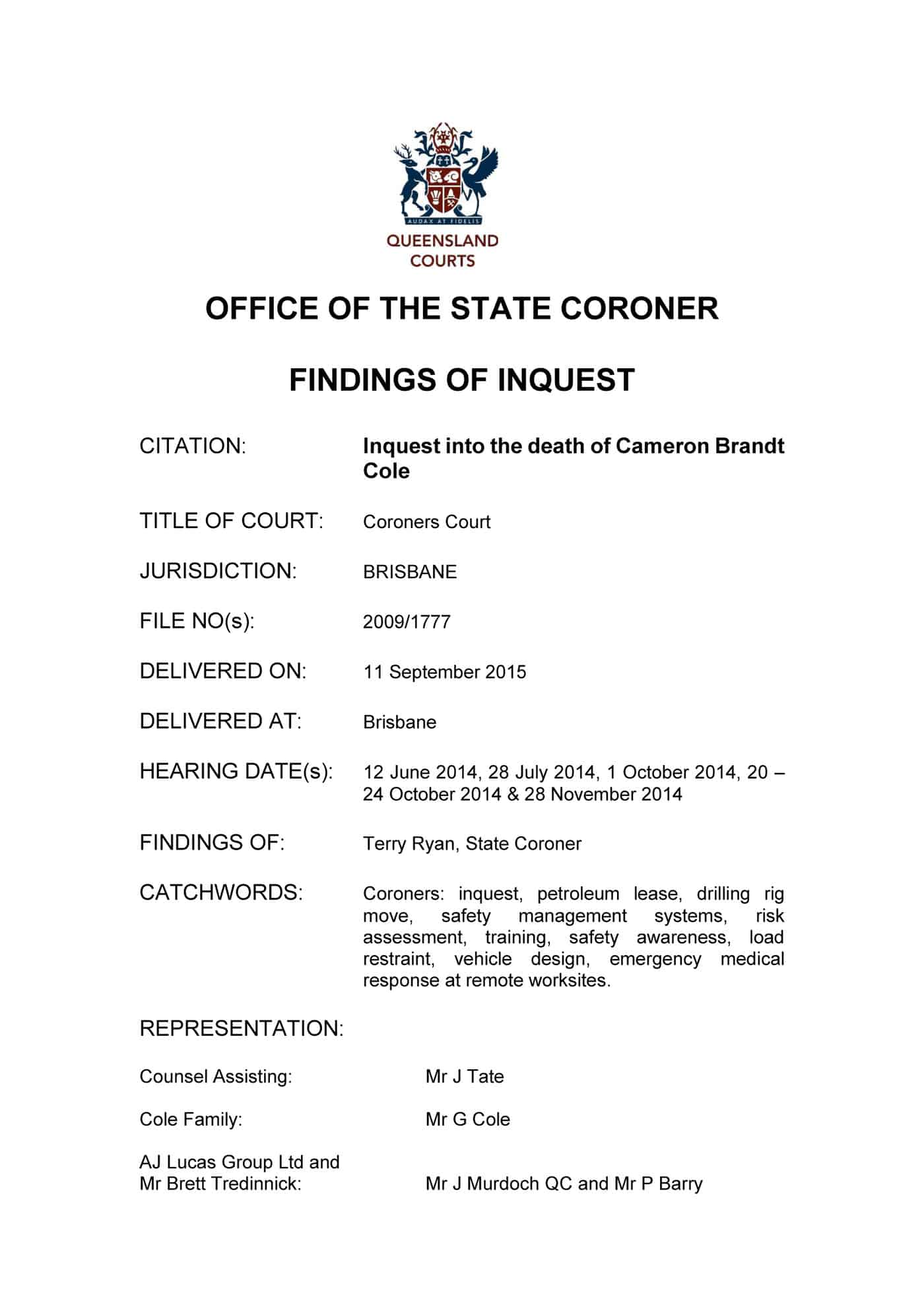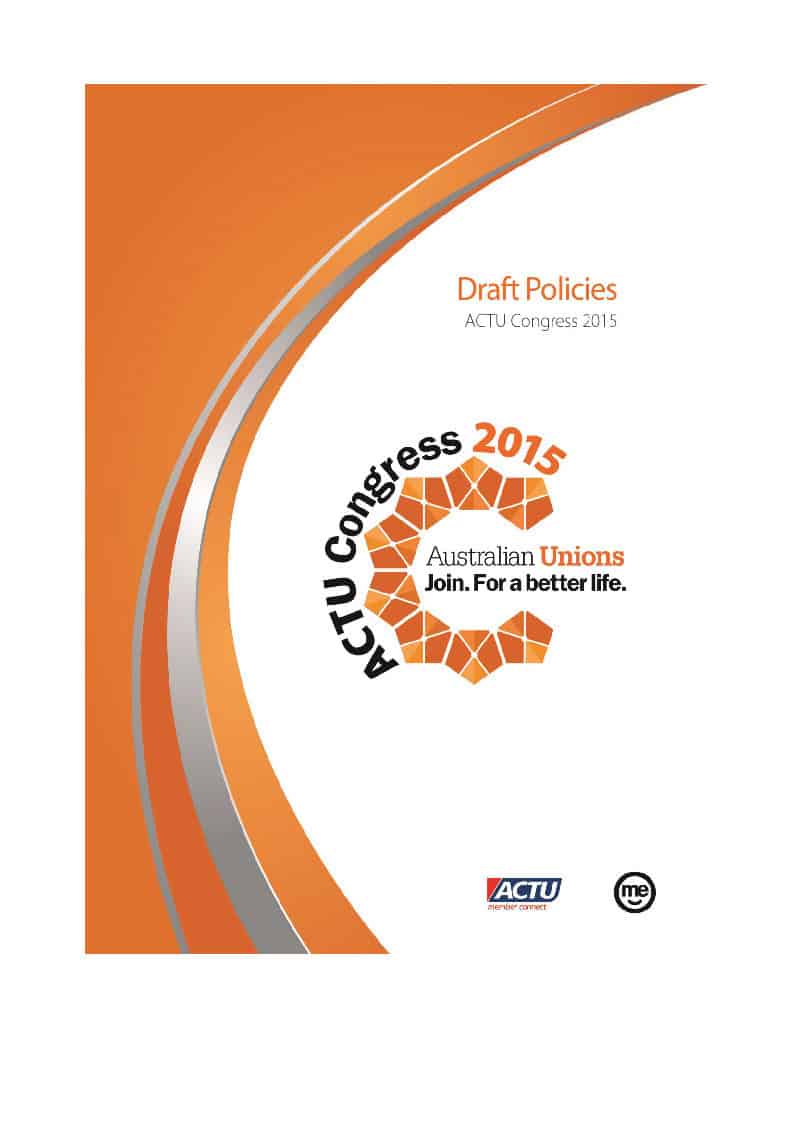In March 2015, after years of resistance to drug and alcohol testing, Australia’s Construction Forestry Mining and Energy Union (CFMEU) changed its position substantially. The catalyst for change has never fully been explained but this week, the CFMEU actively promoted drug and alcohol testing at a major construction site in Geelong.
On 22 September 2015 at the

 A
A  The Australian Council of Trade Unions (ACTU) commences its
The Australian Council of Trade Unions (ACTU) commences its